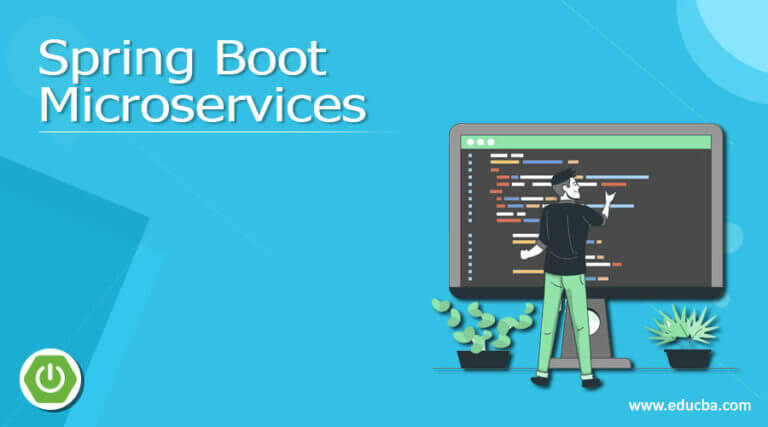
This creates an example Spring Boot web app that submits data to an Amazon DynamoDB table. For example.Ĭreating your first AWS Java web application StaticCredentialsProvider staticCredentials = StaticCredentialsProvider.create(credentials) ĭynamoDbClient ddb = DynamoDbClient.builder()Īll of these credential ways are explained in the AWS Java V2 Developer Guide - which I strongly recommend that any developer programming with the AWS SDK for Java V2 SDK read.įinally, you will find code examples of writing a Spring BOOT example with the AWS SDK for Java v2 in the AWS Github code repo. checkmark Categories: Containers, Amazon EC2, Amazon EKS, Amazon VPC, AWS Wavelength. AwsBasicCredentials credentials = AwsBasicCredentials.create("", "") You can use a StaticCredentialsProvider where you put your creds in the code. This reads your creds from a Credential file located under. You can use the shared credentials and config files. credentialsProvider(EnvironmentVariableCredentialsProvider.create()) RdsDataClient dataClient = RdsDataClient.builder() Here in this tutorial we will look into a spring boot solution which configured with Amazon SQS with practical scenarios.
AWS SQS SPRING BOOT HOW TO
You can use an Environment variable provider: Region region = Region.US_EAST_1 How to Use Amazon SQS With Spring Boot by Chinthaka Dinadasa posted on Novem1 Amazon SQS (Simple Queue Service) allows us to configure software components to send, receive and store messages. There are different ways of handling creds when writing a Java App that uses AWS SDK for Java V2 - including a Spring BOOT app. You may find V1 in old online content - but using V1 is not best practice.

I am going to answer this question using the recommended SDK - which is AWS SDK for Java V2. "I didn't get how to use the cerdentials from AWSCredentialsProvider."


 0 kommentar(er)
0 kommentar(er)
